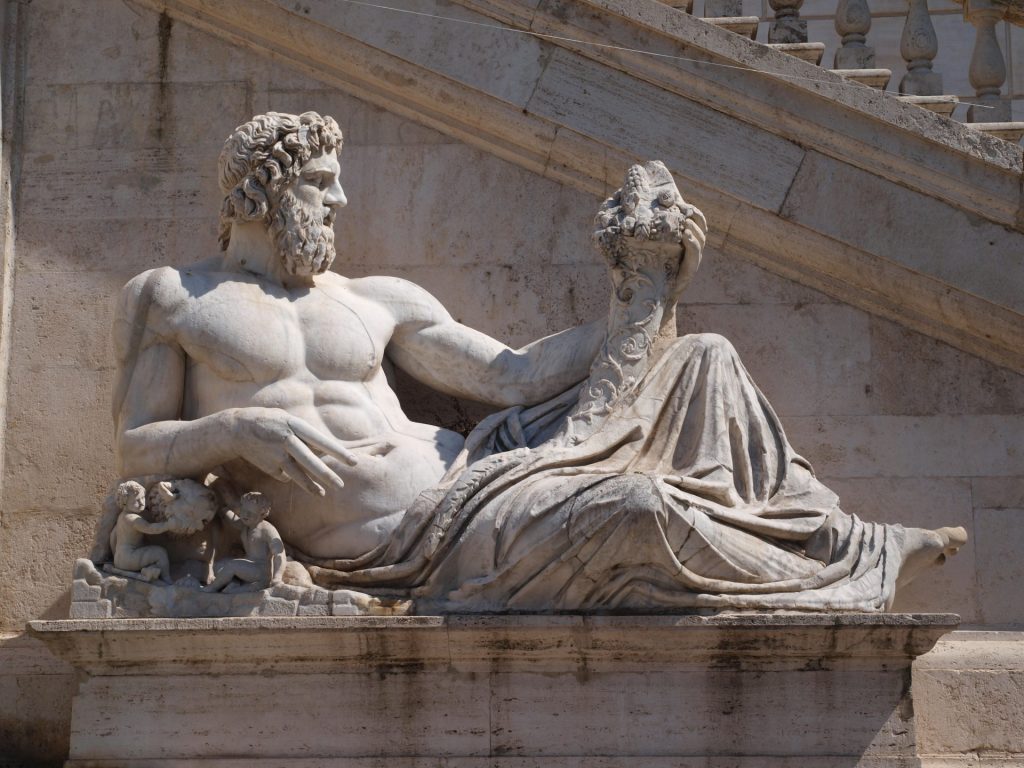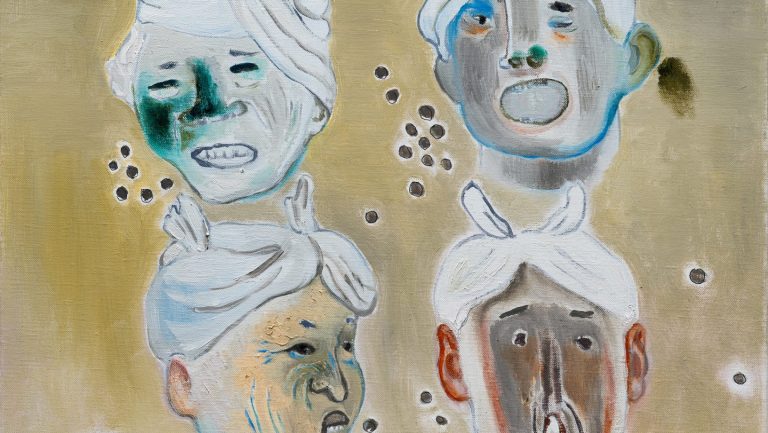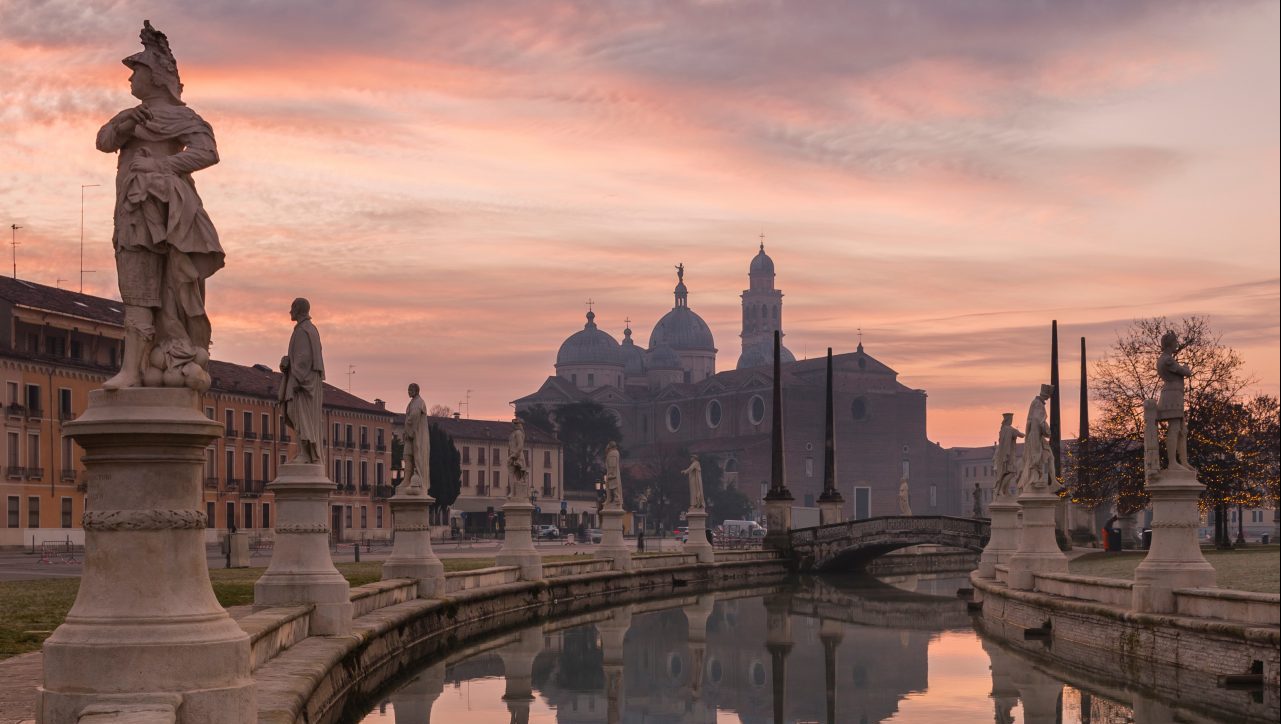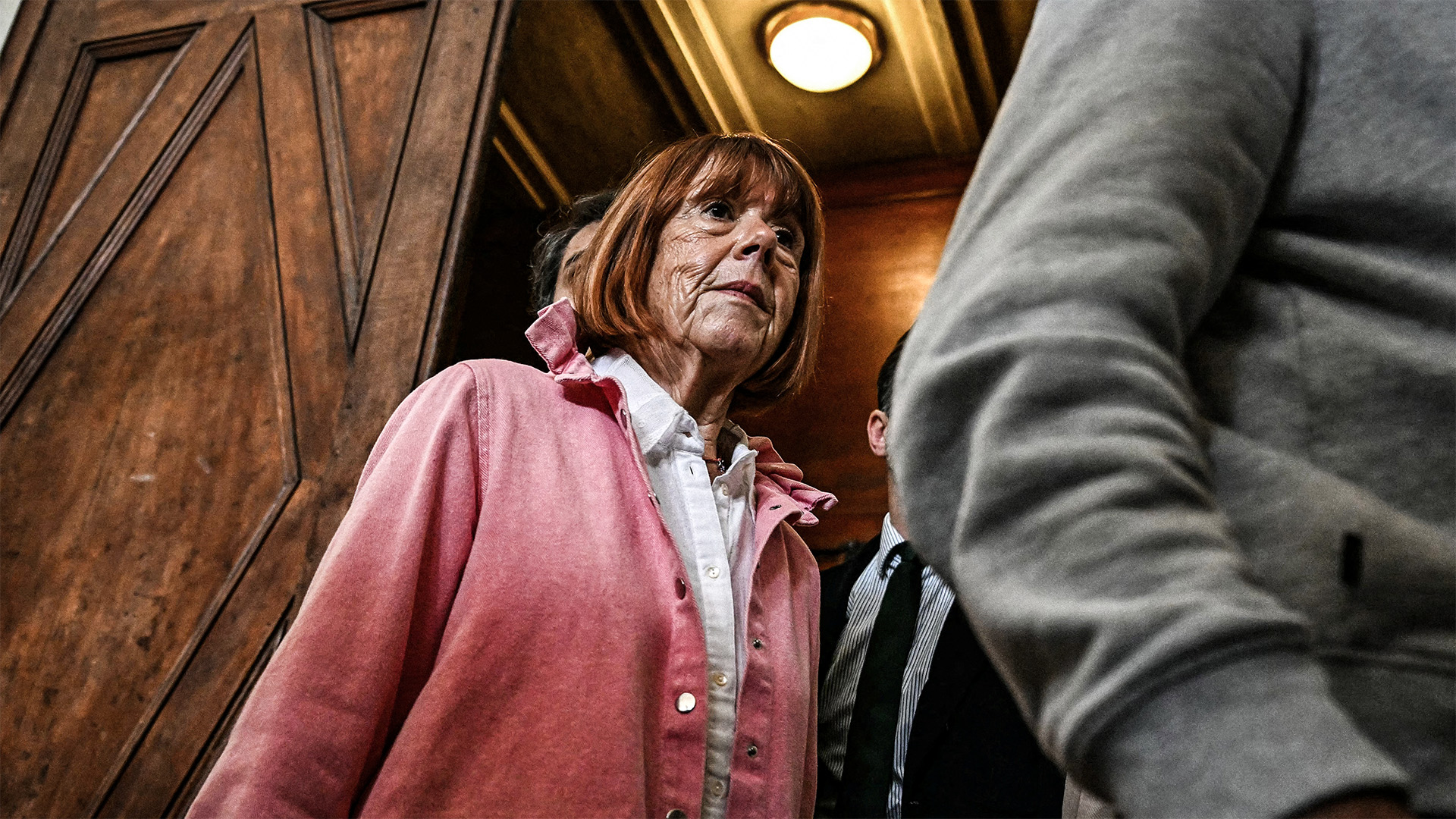It’s a chicken-or-egg conundrum. Did Italy create the painters, sculptors and architects whose influence dominates western art to this day, or did those people create the Italy we enjoy?
The perfect synergy between creators and their times and places is not unique to Italy – the Dutch Golden Age was fertile ground, and in recent history, both France and Russia enjoyed a creative boom at the beginning of the 20th century. But nowhere in the west except Italy can boast three full centuries of ever-evolving innovation on such a sustained and lavish scale. Only here did the church or ambitious private individuals support generations of artists whose legacy puts the country top of the World Heritage Site league table.
That legacy is explored in the first of a new book series called The Art of Travel, celebrating destinations where art alone can be reason enough for the journey. Of course, Italy leads the way, as it has for centuries.
The artists we meet are old friends: Giotto, Piero della Francesca, Titian, Caravaggio, Canaletto and the trinity of rivals: Leonardo da Vinci, Raphael and Michelangelo. In this book, they are placed firmly in the locations they knew.


“We are so used to seeing great art hanging on museum walls that we can forget it doesn’t really belong there,” writes Nick Trend, author of Italy: In the Footsteps of the Great Artists. His artists walked on roads we can still follow.
No city beckons as often as Venice. While Titian may feel like its painter king, it was Giovanni Bellini who, 50 years before the arrival of the boy from the country, created Venice’s arresting altarpieces, many still visitable in situ today. Bellini’s great triptych in the sacristy of Santa Maria Gloriosa dei Frari dates from 1488 – the year of Titian’s birth. Titian would catch up, create two works for the same basilica, and be buried there in 1576.
While he was approaching the end of his life, a younger man still was creating the masterpiece that would attract the attention of the Venetian Holy Inquisition. Paolo Veronese’s Feast in the House of Levi can still be seen in the city, although no longer in the location for which it was originally painted, the refectory of Santi Giovanni e Paolo.
This typically rumbustious version of the Last Supper, with its drunks and extraneous characters including a parrot and a monkey, was too much for the self-appointed arbiters of decency. Veronese wrong-footed these plodders, simply renaming the painting. Today it dazzles in the Accademia.
Only three works by Giovanni Antonio Canal, known as Canaletto, hang in the city with which he is most associated. The rich young idlers on their grand tour adored these picture-postcard views, and they are now less likely to be in Italy than in British stately homes or in national collections, having been handed over in lieu of taxes.
Trend’s story begins with Giotto. To this day, artists and art lovers alike marvel in Giotto’s first port of call, Padua, and at his leap in narrative painting in its Scrovegni chapel.
Giotto’s home city of Florence was not his alone: one by one they came – Michelangelo, Leonardo da Vinci, Raphael, Sofonisba Anguissola, Artemisia Gentileschi. Not just the cradle of the Renaissance then, but also a home for its entire lifespan. Today, the traveller can see the city through the eyes of each, from the campanile designed by Giotto, in an age when there was no strict demarcation between painter, sculptor and architect, to Artemisia’s self-portrait in the Casa Buonarroti.
As a painter, Giotto is present in the Bardi chapel of Santa Croce, recording the life and death of St Francis, and in Santa Maria Novella, where a crucifix still hangs but from where a major altarpiece has been moved to the Uffizi, the cauldron of Italian art. Giotto was a father of eight, but “there was no uglier man in the city,” remarked the author Boccaccio (apparently without irony, being himself the possessor of a name meaning “ugly great mouth”).
Michelangelo’s Florence is most widely appreciated in the shape of his David, in the Accademia. Florence’s Leonardo is almost a ghost, his work for the Palazzo Vecchio being overpainted, his apprentice hand hard to pinpoint in his master Verrocchio’s Baptism of Christ, and his Adoration of the Magi for San Donato in Scopeto surviving in sketch form only.
Suggested Reading

Art across the UK/China divide
Those two works are in the Uffizi. The young pretender Raphael is there too, in commissioned works and a self-portrait.
Florence was one of numerous stops for the indefatigable Anguissola. Trend retraces her route from her hometown of Cremona through Bergamo, Brescia, Milan, and, via Florence, Siena.
But Italy does not house her most-loved painting, that of the daughters of an enlightened, intellectual and affluent family at play. The Game of Chess is now in Poland. We can look this talented, highly intelligent woman in the eye in Cremona’s art gallery, housed in the Palazzo Affaitati, in what is either a self-portrait or a portrait by one of the chess-playing sisters.
No female artist had it easy in this golden age of Italian art, but an impressive sorority left its mark on Bologna. Uncovering the artistic legacy of Properzia de’ Rossi, Lavinia Fontana, Elisabetta Sirani and Anna Morandi Manzolini takes the traveller to probably the least frequented of these destinations.
Home of the world’s oldest university, the city was run on liberal lines, enjoyed prosperity and, unusually, its religious institutions did not baulk at commissioning female artists, so that many flourished over the centuries.
Fontana made a real living from painting. Who knows where Sirani would have ended up had she not died suddenly at the age of 27, nonetheless leaving 200 works. She is represented in San Girolamo della Certosa, Palazzo Pepoli Campogrande and the Museo della Storia di Bologna.
In this fertile time and place for female artists, Sirani, Fontana and successors had no incentive to make for Rome, but modern Italy’s capital city drew many if not all of the country’s leading artists at some stage. Within the stately walls of the Vatican, Michelangelo was challenged by the young usurper Raphael, who cheerfully ridiculed the older artist in his School of Athens – the philosopher Heraclitus is considered to be a portrait of Michelangelo. But Michelangelo would outlive his young tormentor by more than 40 years, even if his own coffin was not, like Raphael’s, borne by four cardinals.
Caravaggio too died young, but punctuated Rome with masterpieces of human observation.
But it was not in Rome, Venice, Florence or Bologna that Trend found inspiration for this art tour, but in a quiet vortex whose most famous son has transfixed artists through the ages. Just north of Assisi, Piero della Francesca was born in the little city of Sansepolcro to a mother who was herself born in a nearby Tiber Valley village.
To this day, Monterchi is still home to the most solemn study of motherhood, the pregnant virgin of the Madonna del Parto. Sansepolcro houses Piero’s reproachful Resurrection, saved during the second world war by British officer Anthony Clark.
Art-lovers on the Piero trail also visit Arezzo, for the fresco cycle in the apse of San Francesco, and Urbino, for his Madonna di Senigallia and mysterious Flagellation of Christ. “His near-perfect control of perspective seduces the eye and convinces us that, despite the sense of detachment, these are real people, inhabiting a real world,” writes Trend.
Within that world, the Italy that fostered her artists and the artists who created modern Italy continue to turn in their merry-go-round. With images this sumptuous and destinations so alluring, who wouldn’t climb aboard?
Italy: In the Footsteps of the Great Artists is published by Thames and Hudson, £50




